36-year-old Zamirbek Parmankulov began participating in marathons in 2019. He was born in the...
Tolgonai Shaaeva, who works as a teacher at the Naryn Pedagogical College, won the Istanbul...
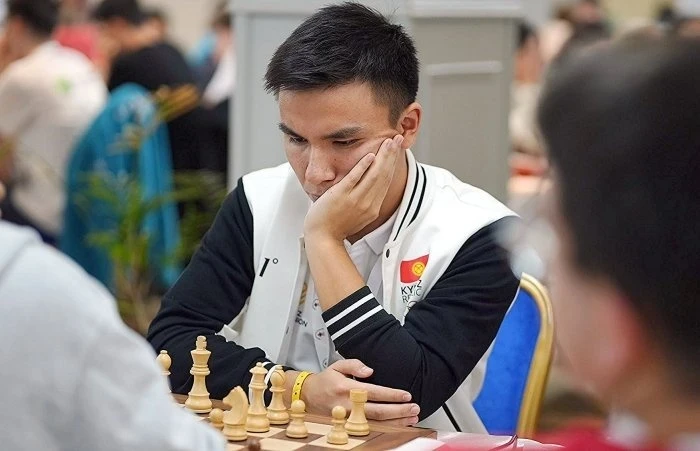
From October 3 to 16, the World Chess Championship for young players took place in Durres,...

At the marathon held on October 26 in Turkestan, Kazakhstan, Tolgonai Shaaeva, a 62-year-old...
As of today, the level of Greco-Roman wrestling in Kyrgyzstan is assessed as below average. This is...
At the international marathon in Kazakhstan, retired Major General of Police Kemelbek Kiyazov...
Naryn athlete Tolgonai Shaaeva won the marathon in Kazakhstan. On October 26, the "Turkistan...
- According to statistical data, in the first half of September 2025, pharmaceutical production in...
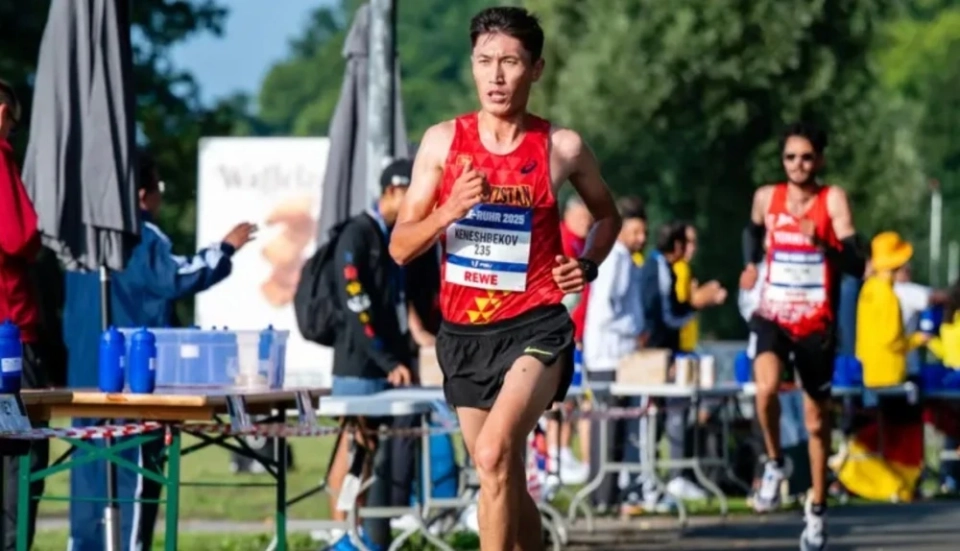
At the international Turkistan Marathon, held on October 26 in Turkestan, Kazakhstan, Kyrgyz...
A recent global study indicates an increase in cancer cases among youth worldwide, with obesity...
- According to data from the Ministry of Economy and Commerce, the gross output produced by...
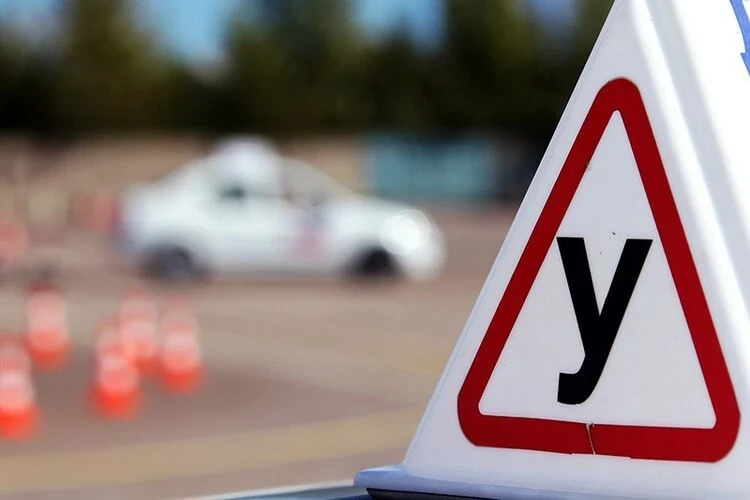
Photo from the internet After Kanybek Tumanbaev, the head of the president's office,...
Kyrgyzstan continues to hold one of the leading positions among CIS countries in terms of...
On October 24, a meeting of the National Council for the Development of Virtual Assets and...
According to information published by the Interstate Statistical Committee of the Commonwealth,...
According to statistical data, from January to September 2025, there is a significant increase in...
In 2024, budget expenditures on scientific research and development reached 893 million soms,...
According to the Ministry of Internal Affairs of the Kyrgyz Republic, there is a growing number of...
In the pilot project of the Tax Service of Kyrgyzstan aimed at implementing fiscal software (FS)...
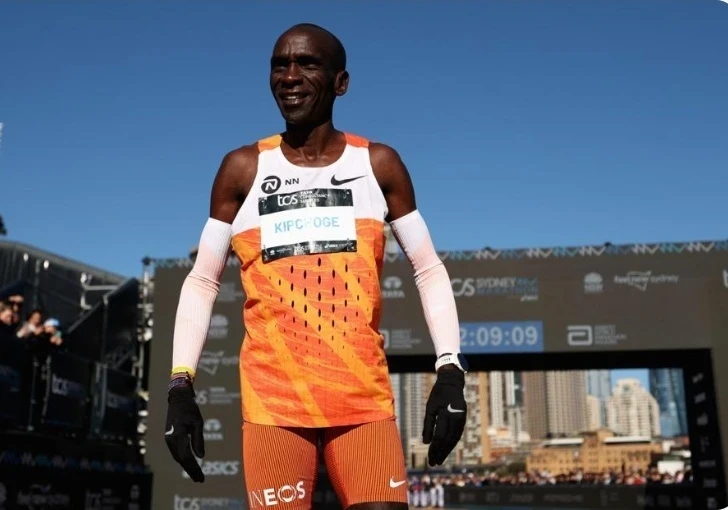
K Kenyan runner Eliud Kipchoge, a two-time Olympic champion, announced his intention to...
Since the end of the COVID-19 pandemic, the Republican Center for Psychiatry and Narcology has...
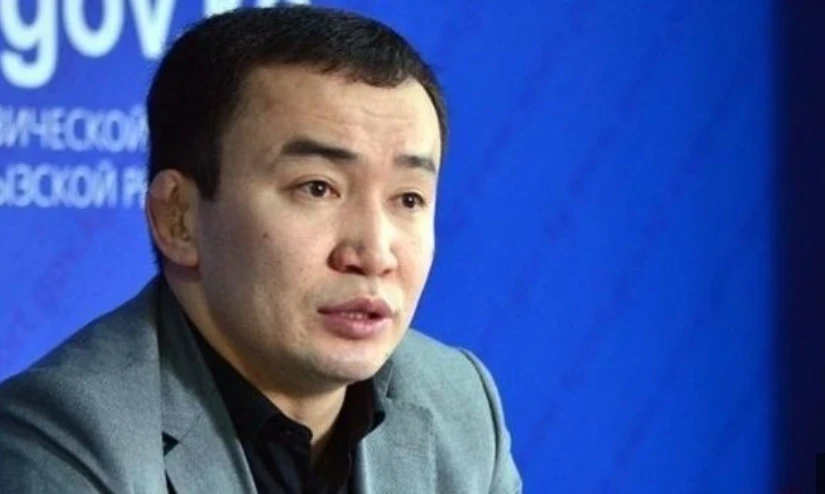
In an interview with @azamat_murataliev, Kanat Begaliyev, a finalist at the 2008 Olympic Games,...
- A training for trainers on dried fruit processing took place in Bishkek on October 27 and 28,...

On April 26 and 27, 2014 - a specialized project for training coaches who develop sales personnel...
Turmush — On November 1, a meeting of local residents took place in Kara-Kul, where participation...
- According to data for 2025, the manufacturing industry of Kyrgyzstan has shown a growth of 21.6%....
The TransLogistica Uzbekistan 2025 exhibition, taking place in the capital of Uzbekistan, has...
Sokuluk District, Chui Region, city of Shopokov. Here lives 17-year-old boxer Aitbek Berdimuratov,...
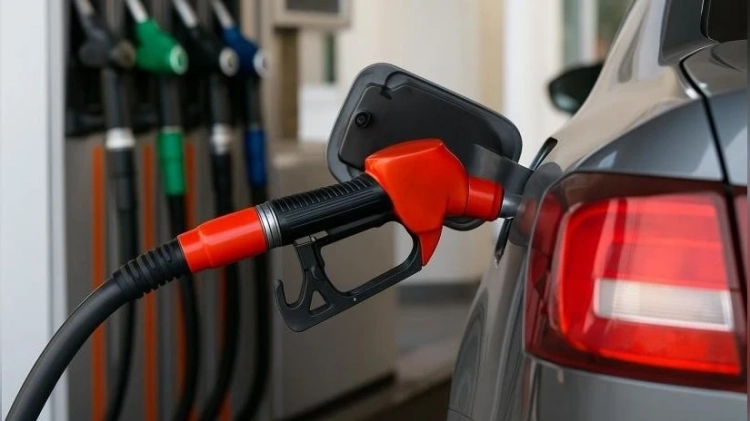
In certain regions of Russia, there is an increase in fuel prices at small gas stations that are...

The Central Commission continues to accept applications from citizens who wish to participate in...
According to a study conducted by Harvard graduate students Syed Hosseini and Guy Lichtinger,...

We announce the opening of the Bishkek International Marathon "Mol Bulak Kuz Demi 2019"...
At the international scientific and practical conference "Ways to Solve Priority Tasks for...
In Bishkek, the Emergency Medical Assistance Hospital is experiencing a shortage of oxygen...
According to Renat Karimov, the chairman of the migrant workers' union, employers are...
According to information provided by the head of the department for the prevention of domestic...
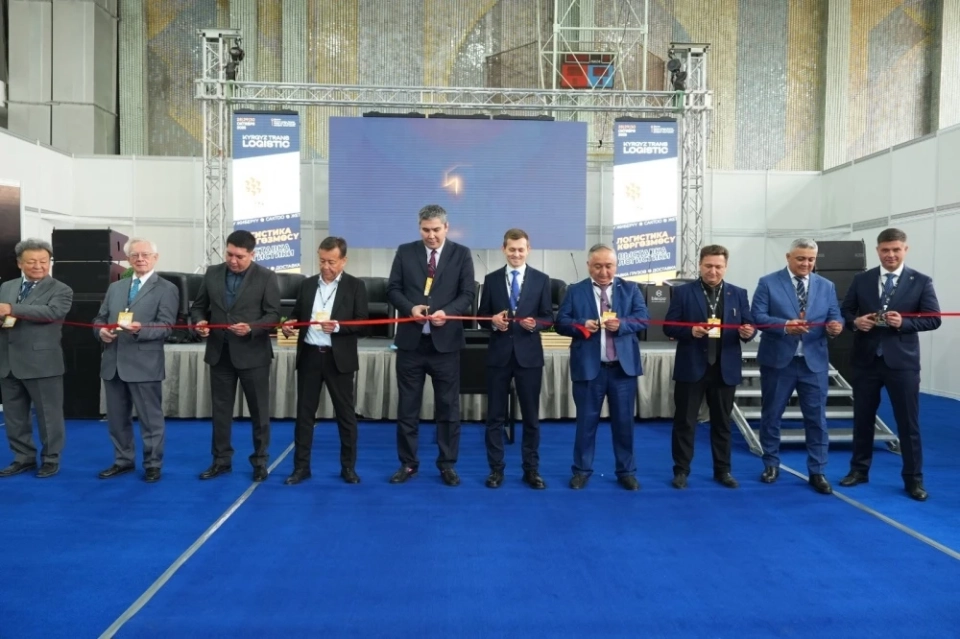
The second international exhibition dedicated to logistics, transport, and warehouse equipment,...
According to information from the National Statistical Committee, in Kyrgyzstan, 20,000 abortions...
In Bishkek, a selection is taking place among high school students for participation in district...
According to the latest data from the National Statistical Committee, from January to September of...
According to the National Bank of Kyrgyzstan, there is an increase in prices for the buyback of...
Today, in Kyrgyzstan, areas such as digital transformation and regional development are rapidly...

According to Gallup, in 2024, the level of anxiety among the adult population reached record...